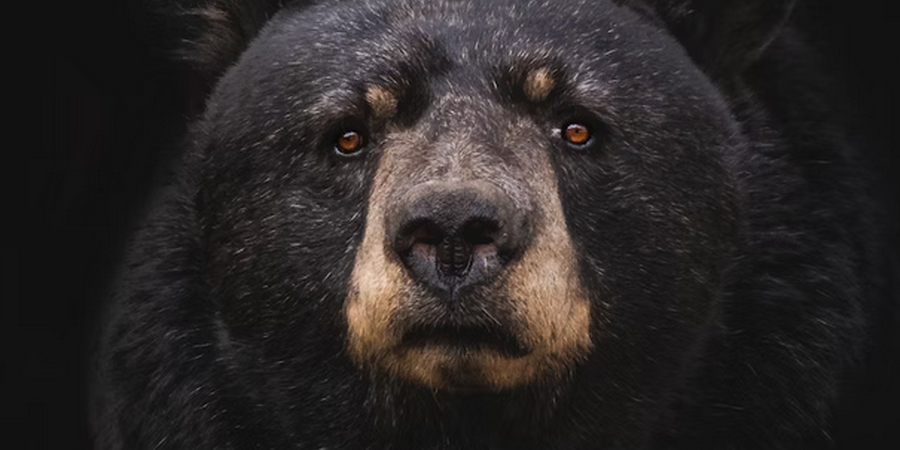NEW YORK - Once threatened by extensive habitat loss and unregulated hunting, the American black bear (Ursus americanus) has made a remarkable comeback in New York State. Today, the presence of these intelligent and adaptable omnivores is a strong indicator of healthy forest ecosystems, with their population not only robust but actively expanding across the state. Far from being a rare sight, black bears are a flourishing part of New York's natural heritage, symbolizing a triumphant story of wildlife conservation.
A Growing Population: Estimates and Distribution
According to the New York State Department of Environmental Conservation (NYSDEC), the current black bear population in New York is estimated to be between 6,000 to 7,000 individuals. This figure represents a significant increase from historical lows and underscores successful management efforts.
The bear population is primarily concentrated in three major regions:
- Adirondack Mountains: This vast, protected wilderness holds the largest and most established black bear population in the state. Bears here thrive in extensive forests, finding abundant food and denning sites.
- Catskill Mountains: South of the Adirondacks, the Catskills support another significant and healthy bear population, often leading to more frequent human-bear interactions due to proximity to suburban areas.
- Allegany State Park/Western New York: A smaller, but steadily expanding population exists in the southwestern part of the state, demonstrating the species' ability to recolonize suitable habitats.
Beyond these core areas, bears are increasingly observed in peripheral counties and even within more developed areas, a clear sign of a healthy, expanding population seeking new territories and food sources.
Factors Contributing to Their Success
Several key factors have contributed to the black bear's resurgence in New York:
- Habitat Recovery: Reforestation efforts over the last century have restored vast tracts of forestland, providing crucial habitat, food, and cover for bears.
- Effective Wildlife Management: The NYSDEC implements science-based management strategies, including regulated hunting seasons, habitat protection, and public education campaigns aimed at minimizing human-bear conflicts.
- Adaptability: Black bears are incredibly adaptable animals, capable of utilizing diverse habitats, from deep wilderness to fragmented forest patches near human development. Their varied diet, including berries, nuts, insects, and carrion, allows them to thrive in changing environments.
- Legal Protections: Bears are protected by state wildlife laws, which prohibit poaching and ensure sustainable populations.
Living with Bears: Coexistence and Management
As bear populations expand, interactions with humans become more common. The NYSDEC emphasizes the importance of responsible human behavior to foster coexistence:
- Securing Food Sources: Keeping garbage secured, removing bird feeders during active bear seasons, and cleaning barbecue grills are crucial steps to prevent bears from associating human dwellings with easy meals.
- Awareness: Hikers, campers, and residents in bear country are advised to be "bear aware" – carrying bear spray, making noise on trails, and knowing how to react if a bear is encountered.
- Reporting Sightings: Reporting nuisance bear activity helps wildlife managers monitor populations and address potential conflicts.
The thriving black bear population in New York State is a testament to the resilience of nature and the effectiveness of dedicated conservation efforts. These magnificent creatures remind us of the wild beauty that still exists within our state, and underscore our shared responsibility to ensure their continued success for generations to come.


